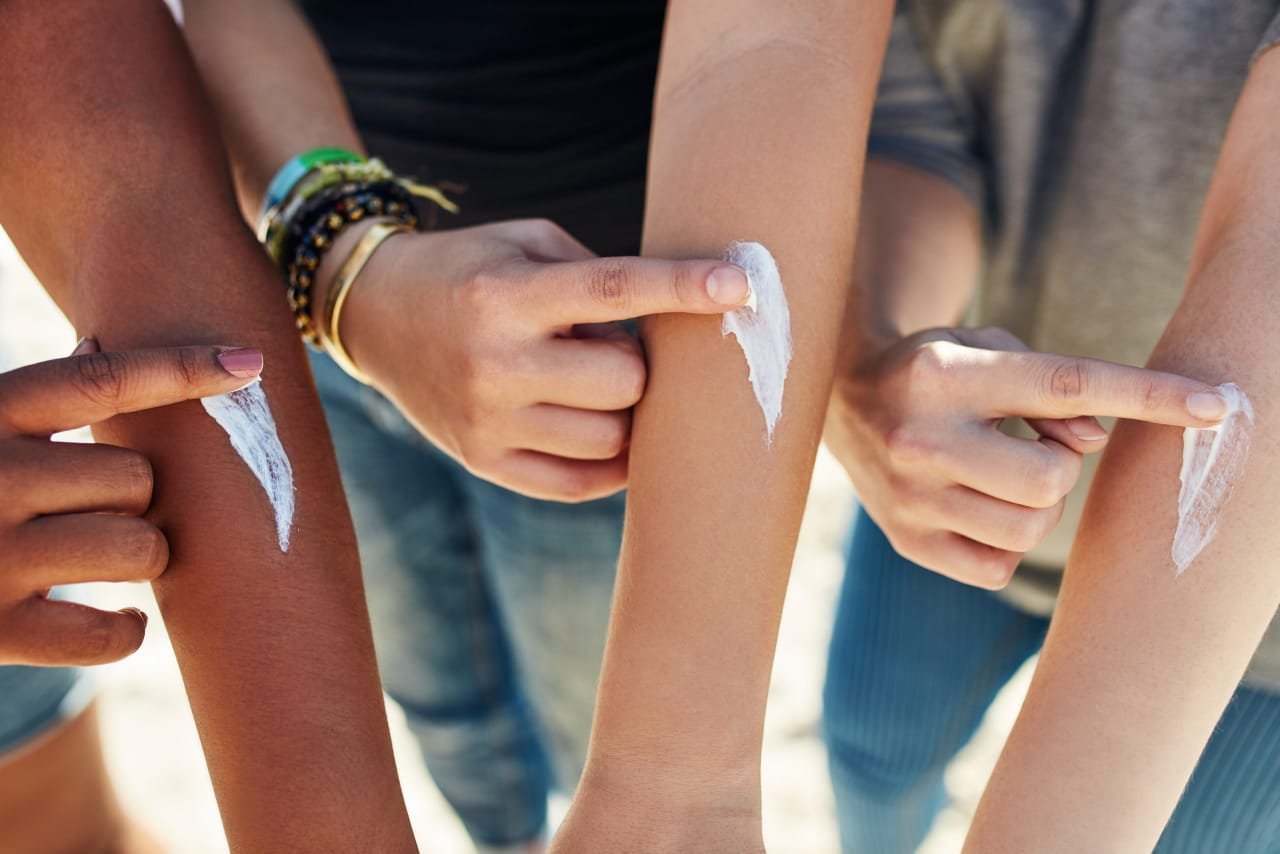TL;DR (Too Long; Didn’t Read): Choose a mineral sunscreen without oxybenzone or octinoxate to protect both your skin and coral reefs – it’s effective and eco-friendly.
If you feel you’ve been seeing the term coral safe sunscreen popping up more lately, you’re not imagining it. From beach shops in Hawaii to drugstore shelves across the US, more and more brands are putting the health of our precious reefs front and center.
But what does “reef-friendly” actually mean? Is this just another label to make us feel better, or does your sunscreen really impact marine life? And if it is a real concern….how do you know which sunscreens are truly safe?
What ‘Coral Safe Sunscreen’ Is Actually Referring To
The phrase “coral safe” generally points to sunscreens that don’t contain certain chemical UV filters known to harm coral reefs, particularly oxybenzone and octinoxate. These ingredients are known to cause what’s known in marine biology as coral bleaching, which in turn leads to DNA damage for the creatures that live in the sea – even at very low concentrations.
So when we talk about switching to a coral safe sunscreen, we’re not just trying to sound eco-conscious. We’re literally talking about protecting the underwater ecosystems that support life on Earth.
Anyone who’s still on the fence when it comes to this hotly-debated topic only needs to look at the fact that places like Hawaii, Key West, and the US Virgin Islands have banned certain chemical sunscreens altogether to protect their local sea life.
How to Spot a Truly Reef-Safe Sunscreen
Not all sunscreens that claim to be reef-safe actually are. There’s no official certification system, so the phrase “reef-friendly” can be used pretty loosely. To really know what you’re getting, check the ingredient list. A proper reef-safe sunscreen will:
- Use mineral blockers like zinc oxide or titanium dioxide
- Be free from oxybenzone and octinoxate
- Avoid other harmful additives like parabens, phthalates, or synthetic fragrances
- Often come in eco-conscious packaging (though not always)
Mineral sunscreens are your best bet, as they sit on the skin and reflect UV rays instead of absorbing into your body or washing off into the ocean. Brands that prioritize coral safety typically offer full mineral ranges with zinc oxide, no added fragrances, and formulas specifically designed to be both skin safe and reef conscious.
But Is Reef-Safe Sunscreen Effective? (Short Answer: Yes)
You might worry that “safe” means “less effective.” But mineral sunscreens have come a long way. Many now offer broad-spectrum protection, go on more smoothly than ever, and hold up to sweat and water, without the chalky mess some believe they’ll get with a zinc oxide formula.
The newer reef-conscious formulas aren’t just for your next beach vacation either. If you’re applying sunscreen daily (as you should), it makes sense to use one that’s good for both your skin and the planet. That means you don’t have to choose between reef-safe and real protection anymore.
Coral Safe Sunscreen Is a Small Switch That Matters
Look, you’re not going to save the ocean singlehandedly by buying a better sunscreen. But your choices, especially when multiplied by millions of beachgoers, can absolutely have the kind of impact that allows Mother Earth to recover. What’s more, it’s a choice that actually results in better UV protection – not worse.
A reef safe sunscreen lets you enjoy the sun and do right by the environment without compromising on protection. And once you find one that feels good on your skin, doesn’t sting your eyes, and keeps your conscience clear? You’ll never go back.

 News3 months ago
News3 months ago
 Health2 years ago
Health2 years ago
 Technology2 years ago
Technology2 years ago
 Celebrity2 years ago
Celebrity2 years ago























